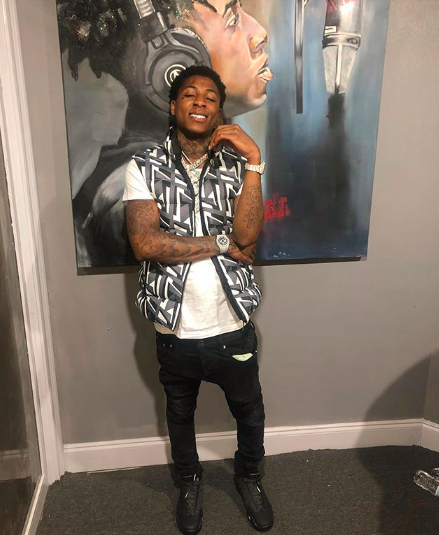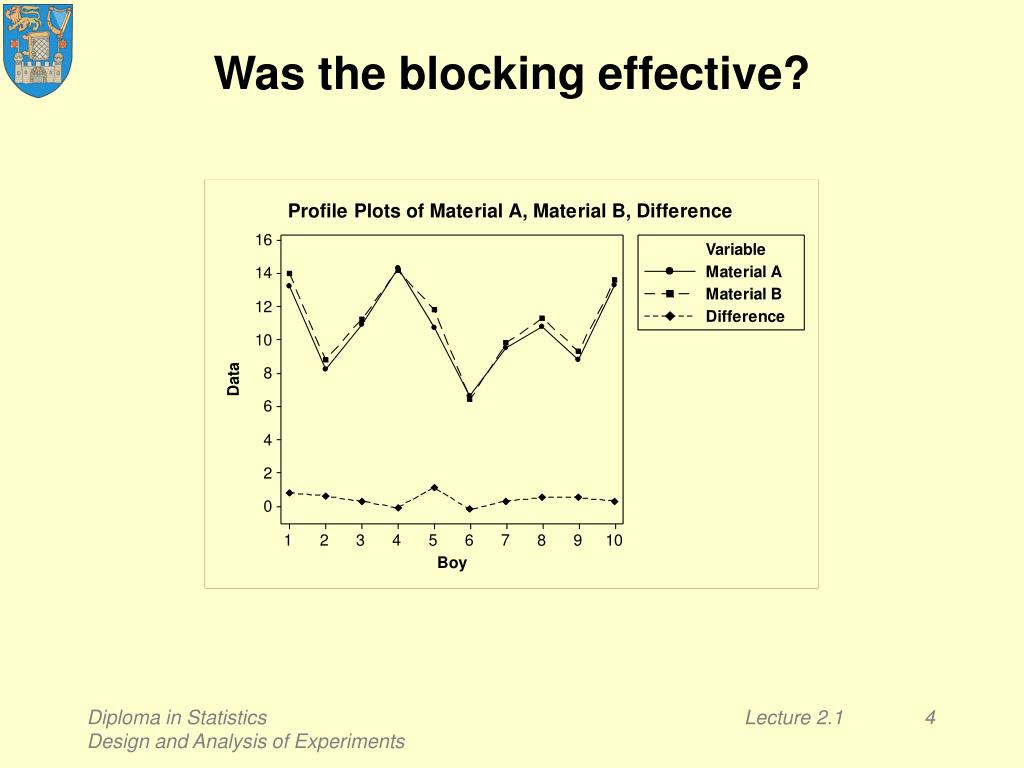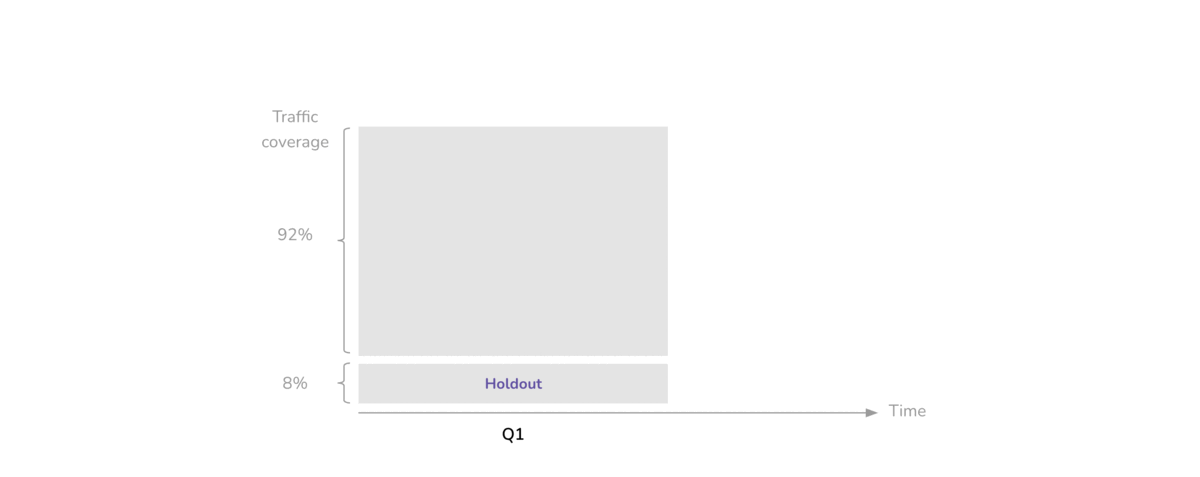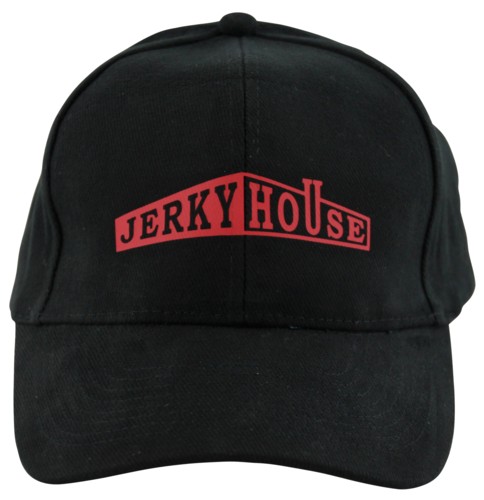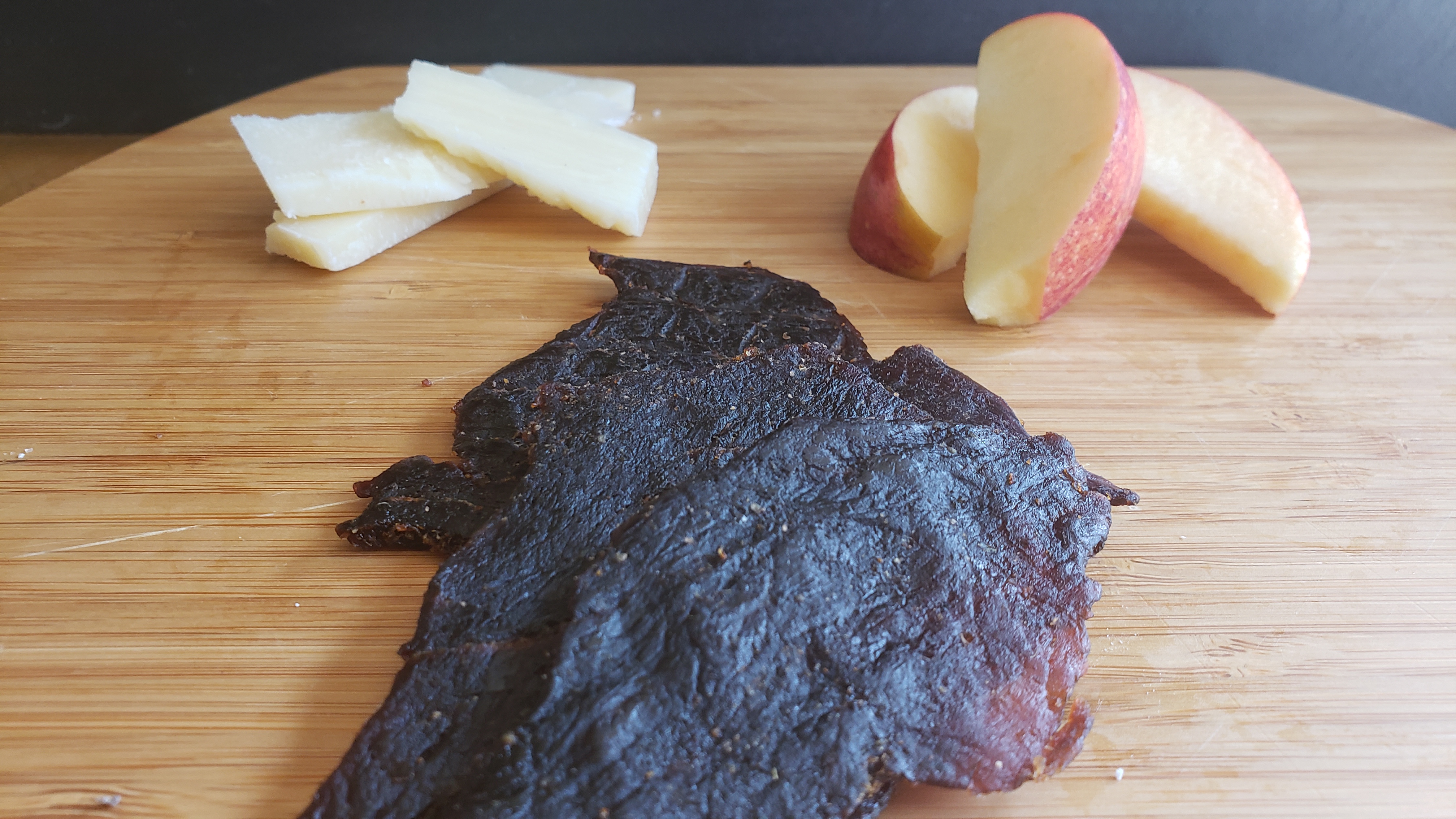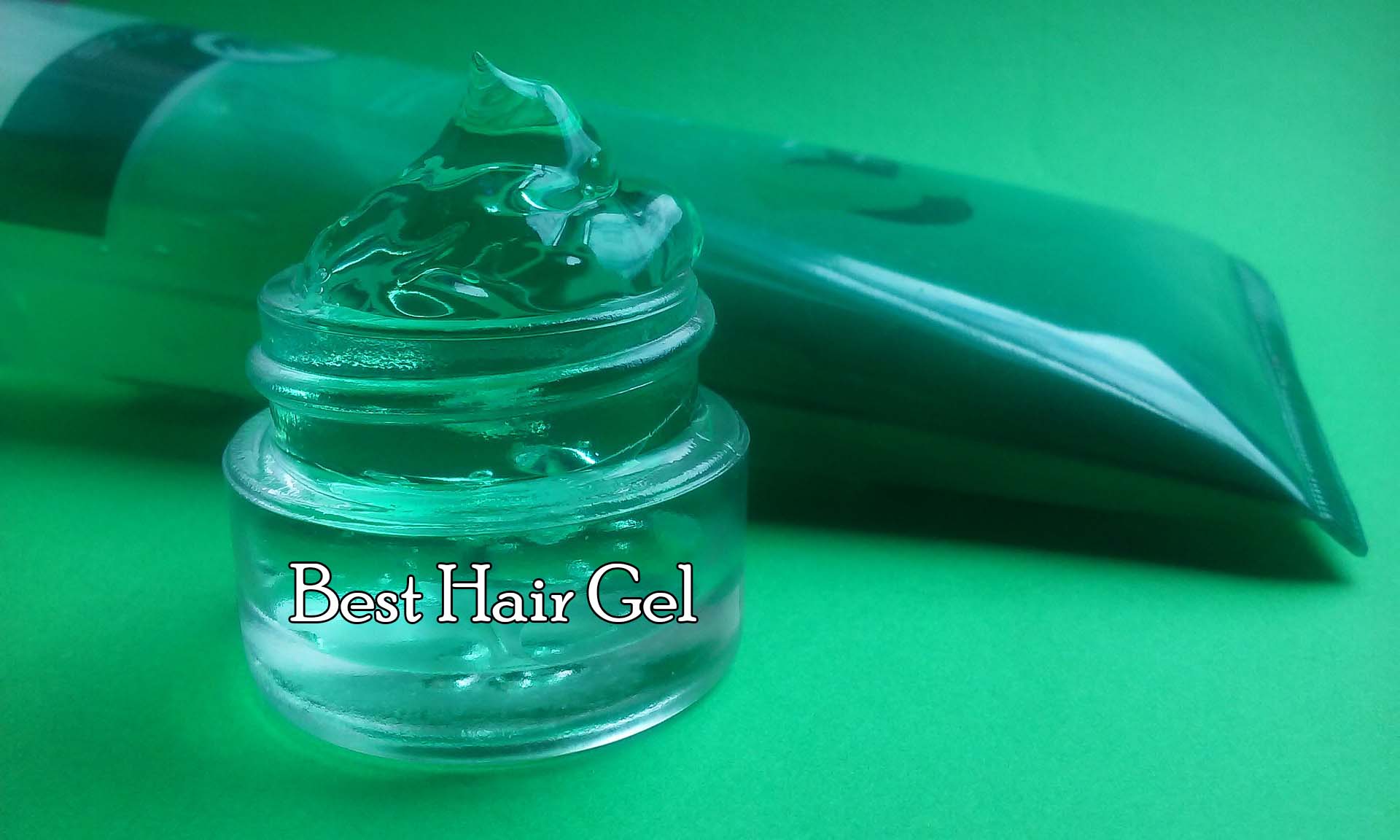Table Of Content

It’s crucial to focus on effective skincare practices rather than making generalizations based on race. There are a number of factors that can affect facial hair growth, including hormones, health conditions and diet. Some people simply have a genetic predisposition for slow-growing or sparse facial hair.
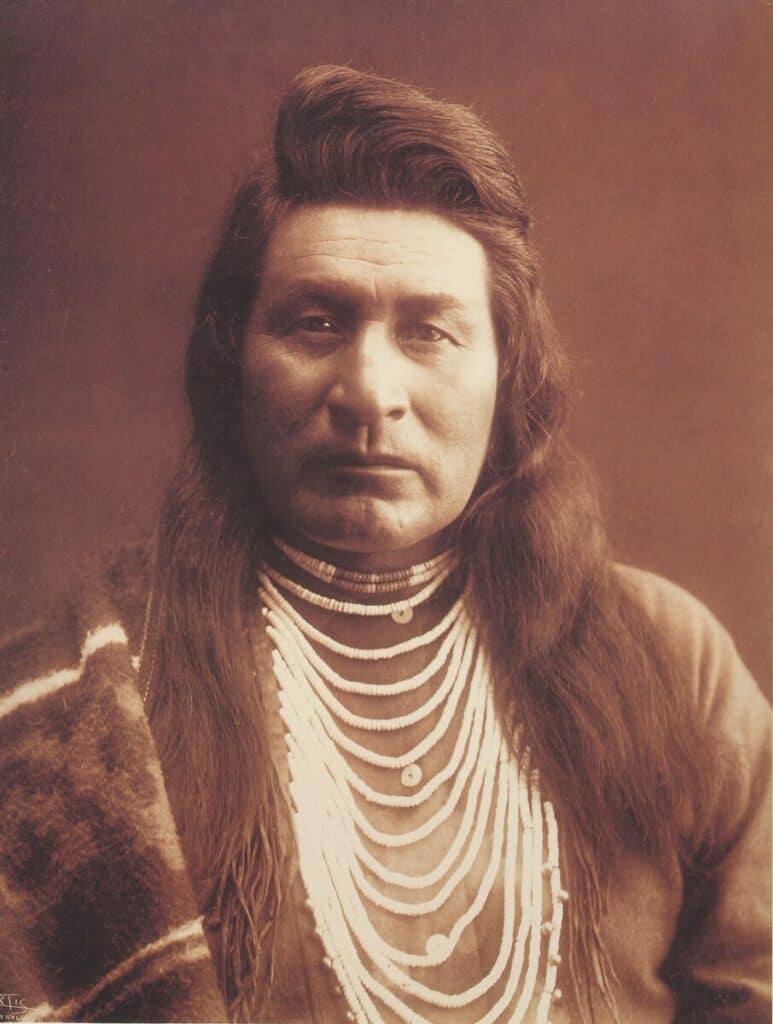
How to Fade Your Beard The Right Way (15 Examples)
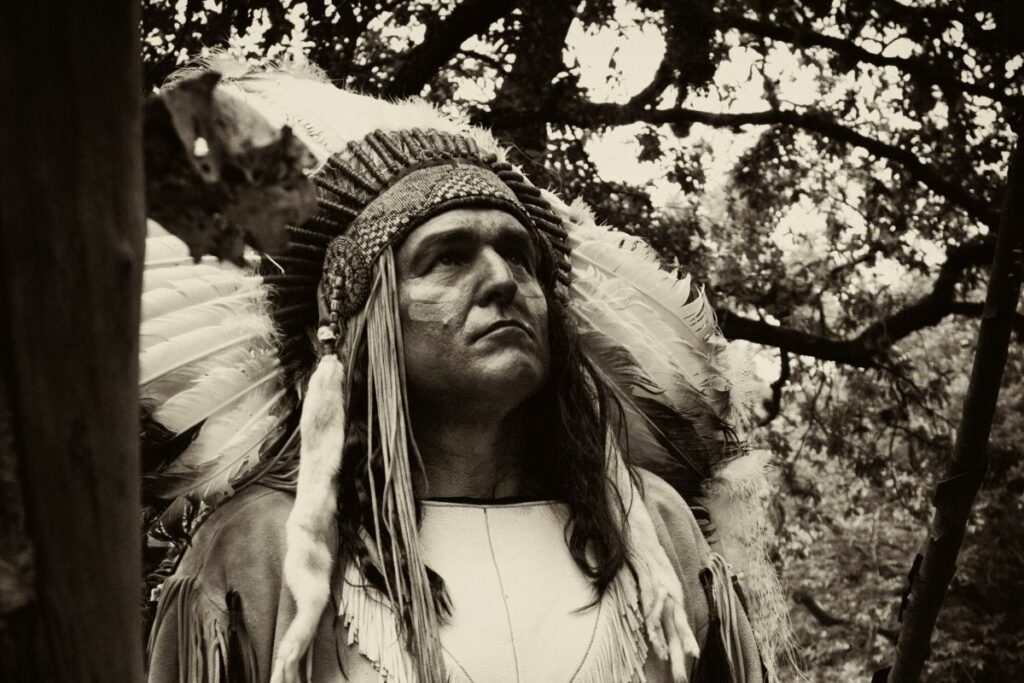
So it seems more common that body hair is kept thin and limited to certain areas. As with any man faced with slow beard growth, a few options that can help. Next, topical treatments like beard growth oils and medications like Minoxidil.
Can A Full Blooded Native American Grow Facial Hair?
Now, there is not advancement in technology only but also in the mentality of people. They have started accepting different points of view and the fact that a single trait can speak for a person’s whole personality. Similarly, Native Americans no longer consider having a beard as a sign of influence and high status. They preferred to pluck each hair as it came to avoid the look of a beard in general, which would cause comparisons to Europeans to be made. Right next to Cherokee grooming, we have another great style called Mohawk grooming. This style has been around for centuries, and it’s considered a popular hairstyle for men with straight hair.
What Ethnic Group Experiences the Most Acne
However, it is generally believed that Native Americans are more likely to be able to grow facial hair than people of other races. This is due to the fact that Native Americans have higher levels of testosterone, which is responsible for the growth of facial hair. Some Native American people believe that beards cannot grow, but they do so to maintain their facial hygiene. The male body’s hormonal system regulates hair growth, particularly on the face. The Native American beard is distinguished by a few characteristics that are similar to those of the Asian beard. Because of their common ancestry, Native Americans have facial hair that resembles that of Europeans.
Acne is a common skin condition that affects individuals across different ethnic groups, although the severity and prevalence can vary. It is influenced by a variety of factors, including hormonal imbalances, genetics, and environmental factors. While some studies have suggested variation in acne prevalence among ethnicities, it is important to note that acne can affect anyone, regardless of their ethnic background. There is no one answer to this question as there is no one answer to the question of native american genetics in general. However, it is generally believed that native americans are more likely to have facial hair than other groups of people, due to the fact that they have more genetic diversity. This diversity is likely due to the fact that native americans have lived in North and South America for thousands of years, and have thus had more time to develop different genetic traits.
Why Don’t Japanese Men Have Beards
Additionally, there is significant diversity within Native American groups, with many different tribes and nations having distinct physical features and unique cultural practices. Native Americans can have thick facial hair, patchy facial hair, or little to no facial hair at all. The reason for patchy facial hair does not have anything to do with the Native American heritage or ethnicity, however, it has everything to do with genetics. Growing facial hair is not easy, especially if you don’t have the right genes.
Why do Native Americans have facial hair that is sparser than usual?
However, the Native Tlingit man in the picture was able to grow a circle beard successfully with his patchy facial hair growth. There are many possible explanations for why Native Americans might not have facial hair. One theory is that their diet, which is high in protein and low in fat, might affect hair growth. Another possibility is that Native Americans have a genetic predisposition for not growing facial hair. Additionally, Native Americans might remove their facial hair as part of a cultural tradition or for spiritual reasons. Hair thickness can vary considerably among individuals within each race or ethnic group.
Why Do Native Americans Have Facial Hair That Is Sparser Than Usual?
Some individuals naturally have more body hair, including on their chests, due to genetic factors, while others may have minimal hair growth in these areas. Ultimately, it varies from person to person and does not carry any particular significance. The ability to grow facial hair is primarily determined by genetics and hormone levels.
Wax involves the use of sticky material to get rid of hair till the roots. On the face, hard waxes are preferred as they are gentle and less painful. After all using the wet shaving basic kit can help a lot with grooming. If you want to achieve a perfect hairstyle, you must trim your hair regularly. Getting a trim every few weeks is enough to keep your hair healthy and looking its best. This includes things like shampoo, conditioner and styling products.Make sure to choose products that are suitable for your hair type.
According to the correspondent, many Native Americans pluck their facial hair as they grow older. Contrary to popular belief, the Indians in American India are not related to the Asian people mentioned above. Siberian hunters are thought to have crossed the Bering Strait 12,000 to 15,000 years ago, using a temporary ice age land bridge. According to some researchers, the first Americans may have arrived on a boat rather than from Asia.
Hair characteristics, such as texture, thickness, and curl pattern, can vary widely among races and ethnic groups. African and Afro-Caribbean individuals often have unique hair textures that are celebrated for their versatility and beauty. Ultimately, the concept of “best” hair is subjective and reflective of individual taste and cultural influences. When it comes to facial hair, the Mediterranean ethnic groups take the crown. Think about the likes of Greek gods with their chiseled jawlines and glorious beards.
The oldest genetic link between Asians and Native Americans was found in Siberia - Science News Magazine
The oldest genetic link between Asians and Native Americans was found in Siberia.
Posted: Wed, 20 May 2020 07:00:00 GMT [source]
Also, taking the right vitamins and supplements to strengthen beard hair. Overall, American Indians can grow beards, but the thickness and fullness of the beard will vary depending on the individual. In fact, some native tribes are known for their thick beards and mustaches. The Aztecs, an ancient civilization that existed in what is now modern-day Mexico, likely exhibited varying degrees of facial hair, much like any other ethnic group. Europe, the birthplace of gentlemen and scoundrels alike, is home to a vast variety of ethnic groups with facial hair to envy.
Beards have been around for centuries and have been sported by many different cultures across the globe. The Navajo people are no different, and many of their men can grow thick and full beards. The Navajo have a rich history and culture that is steeped in tradition. For many of their men, growing a beard is seen as a sign of strength and masculinity.
The impact of Holt v. Hobbs on Native American inmates - Native American Rights Fund
The impact of Holt v. Hobbs on Native American inmates.
Posted: Fri, 23 Jan 2015 08:00:00 GMT [source]
200 dialects were spoken by Native Americans in California, according to the Native American Encyclopedia. Obsidian is a hard, black stone used to make razor blades and other sharp objects. It is a hybrid of a full and a half hollow blade, to capture the best aspects of both. Another theory is as part of a religious ritual or simply prefer not to have facial hair as part of their social norm.
The Chumash people are known for their stunning facial hair growth, so much so that Santa Cruz Island was even nicknamed the Bearded Men Island by the Spaniards. There were several Navajo tribe leaders during the Long Walk era who sported stubble beards and a mustache on their upper lips. Many people wonder why Native American Indians don’t seem to have facial hair. In fact, their face is not the only place where they don’t have much hair growth. Native Americans have very sparse hair on the rest of their bodies as well. In general, it seems that most Native American men do not grow facial hair.
Some individuals may have genetic variations or hormonal profiles that result in sparser facial hair growth. However, it is important to note that not all Native Americans experience this, as there are exceptions within every ethnic group. There is no definitive answer to this question as different people of different ethnicities can have different levels of facial hair growth. However, in general, people of Caucasian, Hispanic, and Middle Eastern descent tend to be able to grow beards more easily than people of Asian or African descent. The amount of body hair individuals have is determined by a combination of genetics and hormone levels. Some ethnicities, such as those of Mediterranean or Middle Eastern descent, often exhibit higher amounts of body hair due to genetic and hormonal factors.



